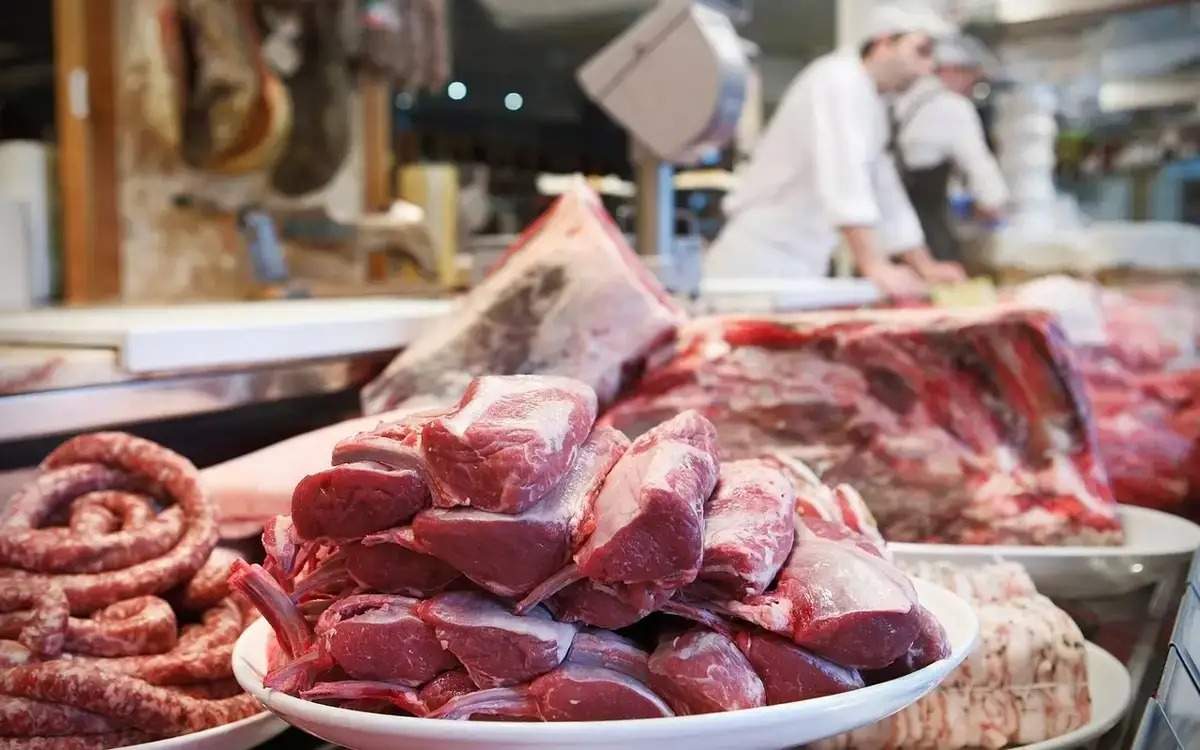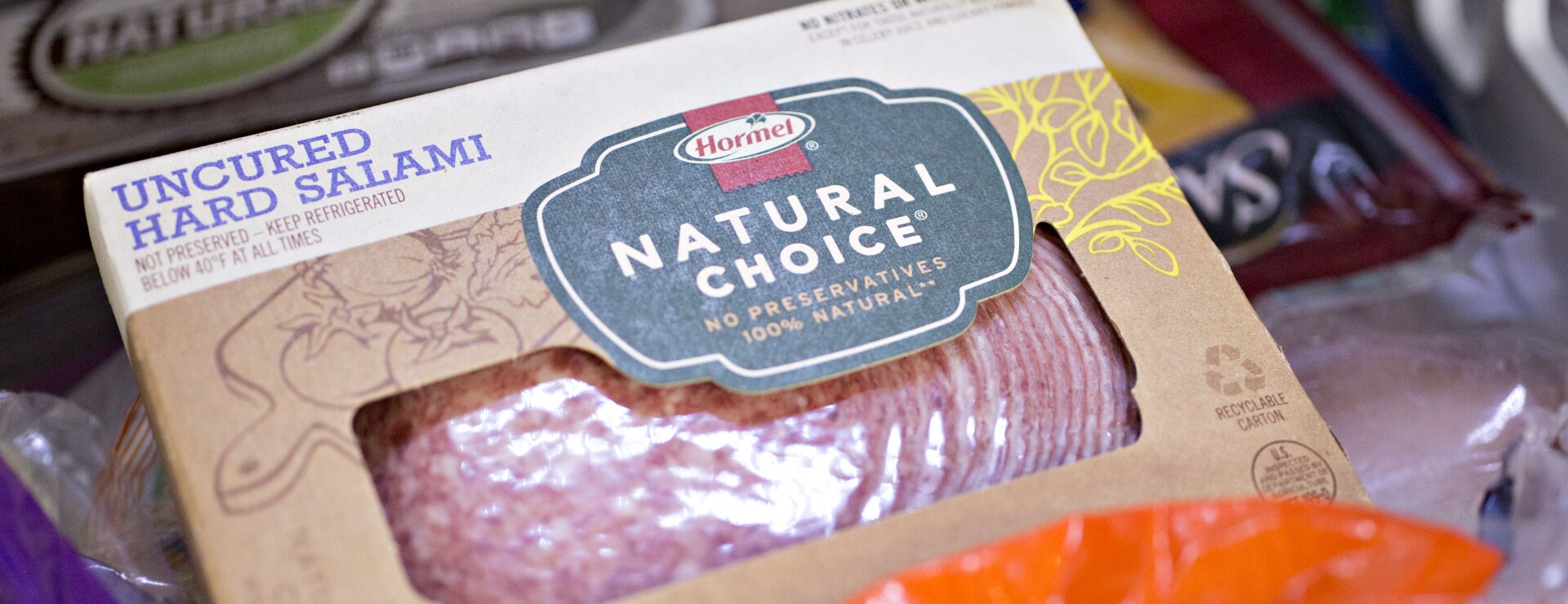- The Meat Trader's Journal
- Posts
- #29 The Meat Traders' Journal
#29 The Meat Traders' Journal
Meat Market Pulse: Strategic Insights
9If you missed the last newsletters, you can look them up here.
The Meat Trader’s Journal #29
Mapple Leaf Foods spin-off, Kazakhstan’s meat QR Codes, Nestle’s plant based lauch, Homel’s pork suit settlement, Tyson’s poultry complex sales, USDA’s food supply chain Investments
The meat industry is experiencing significant shifts, from corporate restructuring to technological advancements and legal settlements, reshaping the landscape for traders and consumers alike.
🔓Market Movers & Shakers Intel
Market Insights: Updates
The pork market has seen stable prices with a moderate increase of less than 5 cents over the summer, reflecting a cautious approach by market participants. European markets are also stabilizing, with Germany recovering from a sharp drop and France and Italy showing minor adjustments. The balance between supply and demand has helped maintain stability, despite a lack of significant consumption increases during events like the Euro Cup.
Looking globally, U.S. pork exports slowed by 4% in May, though demand in Korea and Southeast Asia is rising. China’s pork prices have stabilized after previous hikes, reducing their import reliance. The overall balanced supply-demand dynamics are expected to keep the market stable, with few significant changes anticipated in the near term.
Korea's pork market shows a strong and growing demand for U.S. pork products. Korean consumers are increasingly interested in easy-to-prepare main dishes and snacks, which has boosted pork imports. Despite challenges in other regions, the demand in Korea supports steady export growth for the U.S. pork industry. This trend is expected to continue, providing a stable market for pork exporters despite fluctuations in other global markets.
Future Expectations
The meat market is expected to remain stable through the summer, influenced by balanced supply and demand, seasonal consumption patterns, and steady global demand. The summer holidays in Europe, particularly in Germany, will likely reduce consumer presence, maintaining stable market dynamics. The U.S. market shows signs of recovery with increasing pork prices, though export challenges remain. Overall, we could anticipate a stable pork market in the near future with no major changes expected.
I will send in the What’s App Group Chat, the update of Pork and Beef Imports Summary for Korean Market. If you are not in the group, check here.
Example:

Pork Summary
🏆Highlighting the relevant stories from top-down
→ Maple Leaf Foods spins off pork business
→ Kazakhstan introduces QR codes for meat quality
→ Nestlé launches new plant-based meat alternative
→ Hormel reaches preliminary settlement in pork price-fixing suit
→ Tyson Foods to sell Georgia poultry complex
→ USDA invests in strengthening food supply chain
Mapple Leaf Foods spins-off its world-leading pork business
Publisher: Pig333 (15/07/2024)
Maple Leaf Foods announces the spin-off of its pork business, creating two independent, publicly traded companies.
Key Points:
The spin-off will result in a protein-focused company and a separate pork production entity.
The move aims to unlock shareholder value and allow each company to pursue distinct growth strategies.
The transaction is expected to be completed by the end of 2024, subject to regulatory approvals.
Laura's POV: This strategic move by Maple Leaf Foods could reshape the North American pork market, potentially leading to increased competition and specialized focus in both protein and pork sectors. Traders should closely monitor how this impacts supply chains and pricing dynamics.
Kazakhstan introduces QR code for pork quality
Publisher: Kazinform (15/07/2024)
Kazakhstan implements a QR code system for meat products to enhance transparency and traceability in the meat industry.
Key Points:
The QR code provides consumers with detailed information about the meat's origin, quality, and processing.
This initiative aims to combat counterfeit products and improve food safety standards.
The system is being rolled out nationwide, starting with major cities and expanding to rural areas.
Laura's POV: Kazakhstan's QR code system represents a significant step towards digitalization in meat traceability. This could set a precedent for other countries, potentially influencing global meat trading practices and consumer expectations for product information.
Nestle launches plant-based meat alternative
Publisher: Inside FMCG (12/07/2024)
Nestlé introduces a new plant-based meat alternative product line, targeting the growing demand for sustainable protein options.
Key Points:
The new product range includes plant-based burgers, sausages, and mince, made from pea and soy protein.
Nestlé claims the products offer a taste and texture closely resembling traditional meat.
The launch is part of Nestlé's strategy to capture a larger share of the expanding plant-based market.
Laura's POV: Nestlé's entry into the plant-based meat market with this new product line signals the continued growth and mainstream acceptance of meat alternatives. Meat traders should consider how this trend might impact traditional meat demand and pricing in the long term.
Homel gets preliminary approval for $4.6M pork suit deal
Publisher: Bloomberg Law (15/07/2024)
Hormel Foods reaches a preliminary $4.6 million settlement in a pork price-fixing lawsuit, awaiting final court approval.
Key Points:
The settlement resolves allegations of conspiracy to fix pork prices from 2009 to 2021.
Hormel denies wrongdoing but agrees to settle to avoid further litigation costs.
The settlement could impact future pricing strategies and market behavior in the pork industry.
Laura's POV: This settlement highlights the ongoing scrutiny of pricing practices in the meat industry. Traders should be aware of potential regulatory changes and increased transparency requirements that may follow such high-profile cases.
Tyson Foods to sell Georgia poultry complext to House of Raeford Farms
Publisher: Pork Business (15/07/2024)
Tyson Foods announces the sale of its Georgia poultry complex to House of Raeford Farms, as part of its ongoing restructuring efforts.
Key Points:
The sale includes a processing plant, hatchery, feed mill, and two support facilities in Dawson, Georgia.
This move aligns with Tyson's strategy to optimize its poultry business and improve operational efficiency.
House of Raeford Farms plans to retain the majority of Tyson's employees at the complex.
Laura's POV: Tyson's divestment reflects the ongoing consolidation and restructuring in the poultry industry. This could lead to shifts in regional supply dynamics and potentially impact pricing in the broader meat market.
Meat and Poultry Processing Expansion Program. The USDA Grant.
Publisher: Pork Business (15/07/2024)
The USDA announces significant investments to strengthen the food supply chain and promote competition in the meat industry.
Key Points:
Over $223 million in grants and loans are being allocated to expand meat and poultry processing capacity.
The investments aim to create more market opportunities for farmers and lower costs for consumers.
Funding will support various projects, including new processing facilities and workforce development programs.
Laura's POV: These USDA investments could significantly alter the competitive landscape in the meat industry, potentially leading to more diverse supply sources and increased price competition. Traders should monitor how these changes affect market dynamics and pricing strategies.
🗺️Trends - Discussion
👀 Trending towards Value and Private Label Meats: A Consumer Shift
In recent years, the meat industry has witnessed a fascinating transformation. While premium cuts and specialty meats have long held the spotlight, there’s a new player in town: value and private label meat products. Let’s explore this trend and its implications for consumers, retailers, and the industry as a whole.
1. The Rise of Value Retailers
Value retailers—those committed to providing budget-friendly options—have become a force to reckon with. These stores focus on affordability, catering to cost-conscious shoppers who seek quality without breaking the bank. Here’s why value retailers matter:
Economic Uncertainty: During economic downturns or inflationary periods, consumers tighten their belts. Value retailers step in with competitively priced meat products, appealing to those watching their wallets.
Quality Perception: Gone are the days when private label meant subpar quality. Today’s value offerings often match or exceed national brands in taste and freshness. Consumers appreciate the value-for-money proposition.
2. The Allure of Private Label
Private label products—those created and sold under a retailer’s own brand—have gained traction. Here’s why they’re winning over consumers:
Affordability: Private label meats are priced lower than their branded counterparts. Savvy shoppers recognize the savings and are willing to give them a try.
Quality Assurance: Retailers invest in quality control, ensuring that private label meats meet or exceed industry standards. Consumers trust these products more than ever.
3. Challenges and Opportunities
While value and private label meats thrive, challenges persist:
Competition: National brands still dominate the market. Private label products must carve out their niche amidst established players.
Innovation: Retailers can differentiate themselves by introducing innovative private label options. Organic, sustainably sourced, or globally inspired cuts can attract discerning consumers.
4. What’s Next?
As consumer preferences evolve, the meat industry must adapt. Brands that strike the right balance between quality, affordability, and innovation will thrive. Keep an eye on this trend—it’s shaping the future of our dinner plates worldwide.
Struggling to Break into the Asian Market? We’ve Got the Solutions You Need!
Are you facing hurdles with customer acquisition, sales, or strategy that are stunting your growth in the Asian market?
✅ Free 60-Minute Asian Market Entry Risk Assessment
Identify key competitors and uncover market gaps tailored to your trade activity and brand. We'll work with you to overcome any barriers, enhancing your customer relationships, boosting sales, and refining your overall strategy for increased trade volume.
✅Custom-Tailored Asian Distribution Network Development
We will curate a list of 5 pre-vetted, reliable meat distributors in your target Asian markets and facilitate introductions, ensuring you connect with the best partners to expand your reach.
✅ Expert Digital Marketing Strategy for Meat Products in Asia
Our team will develop a comprehensive digital strategy to help localize your online presence for meat brands the Asian market of your pick. Whether you’re targeting consumers, joint ventures, importers, or other partners, we’ll provide the roadmap to success.
💎Did you know?
Remember the days when all we had to worry about was the price of bacon??
Well, now, the cost of pork is indirectly hiking up the prices of badminton shuttlecocks in China. As pork becomes cheaper, fewer ducks and geese are raised for feathers, leading to a 40% increase in shuttlecock prices. This unexpected link highlights the broader economic ripples of changing consumer preferences. Dive into this fascinating connection and learn how your favorite sports and foods are intertwined in the global market.
For more details, you can read the full article here.

Photo: Chow Zhengyang
That's all for this week!
Did you find this useful?
Subscribe to this weekly newsletter to stay updated on Meat Industry Trends and Food Tech!
Stay tuned for more updates next week.
Warm regards,
Laura Valls



